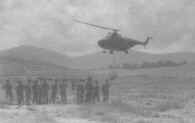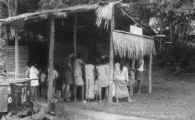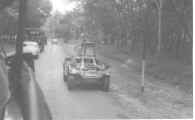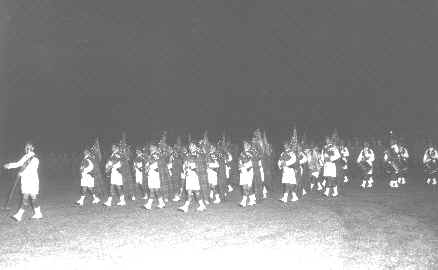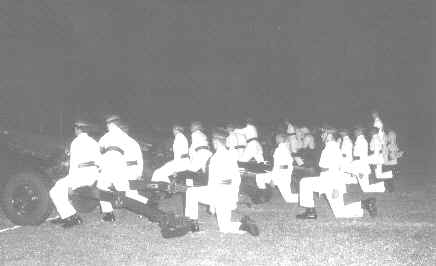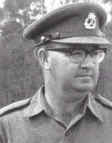 |
|
|||
|
|
||||
|
Before we left |
|
Beating the Retreat for 28 COMWEL INF BDE |
| Beating the Retreat is not retreating. Retreating in the face of the enemy is a shameful although sometimes necessary thing. Beating the Retreat is an ancient military ceremony indicating the end of hostilities for the day or the period. In the evening the band would march out with the drum beating and the buglers playing the call 'retreat'. The Colours would be there under guard to indicate that the unit was withdrawing as an orderly and controlled body of men who had not given up but were merely ending the killing for that day. The troops would retire to the ale houses and eat and drink until the prescribed time to go to their billets. It is now a Ceremonial Parade performed on specified occasions, as it was here, to mark the end of 28 Commonwealth Infantry Brigade. On that day the Brigade ceased to exist. It was replaced by 28 ANZUK Brigade which was made up of the same troops less the Malay component. |
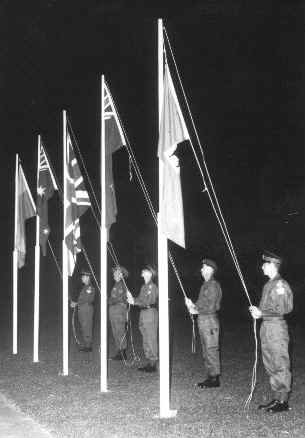 |
The British had maintained a presence in Singapore and Malaya for many years, and with the coming of the Japanese during the Second World War they were joined by Australian troops. After the world war another more protracted war began—this time against the communist terrorists—and British, Australian, and New Zealand servicemen joined together to fight the CTs in the jungle. At this time Britain was committed to provide defence assistance to Malaysia and Singapore under the Anglo-Malayan Defence Agreement of 1957 with which Australia and New Zealand were associated. << The Flag Party lower the 5 National flags for the last time. As the insurgency and the "confrontation" between Indonesia and the newly formed Malaysian State tapered off it was obvious that Britain would reduce the numbers of troops stationed here. |
The British Parliamentary Labour Party began
talking about cuts in 1966, then, in July 1967, the Labour Government
announced substantial reductions. Of the 80,000 men and women working for
and in the services east of Suez in 1967 only 40,000 uniformed and
civilian men and women were to remain after 1970/71.
The first tentative steps towards finding an answer were taken by the politicians and diplomats at a Five Power (Singapore, Malaysia, Australia, New Zealand and the UK) Conference in Kuala Lumpur in June 1968 at which the Malaysian Prime Minister proposed that control and maintenance of the British bases become a joint Five Power responsibility after 1971. Although this suggestion came to nothing the British Conservative Party eventually decided to oppose the Labour policy of withdrawal, and Mr Heath began talking about a "new and equal partnership, between five Commonwealth governments".
This led to a series of meetings which resulted in an announcement on 16 February 1971 that Australian, New Zealand and British troops would remain in Singapore and Malaysia under an Australian commander of "two star" rank. The land forces were to be stationed in Singapore and the Air Forces and Naval Forces would operate in both countries.
|
|
Some we left behind. |
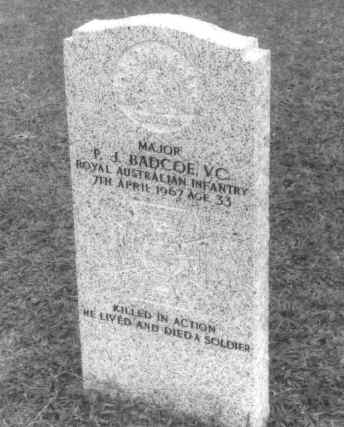
|
Badcoe VC is
one of many Australian and Allied servicemen buried at Terendak War
Cemetery. It is maintained by the Commonwealth War Graves Commission and
is well looked after.
Badcoe was killed in action while serving as part of AATTV in Viet Nam in 1967 and was buried at Terendak by choice and with the approval of his family. |
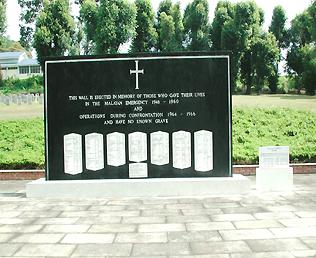 |
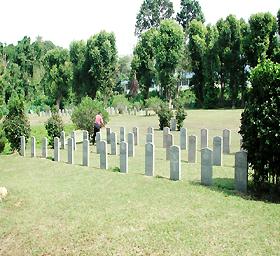 |
